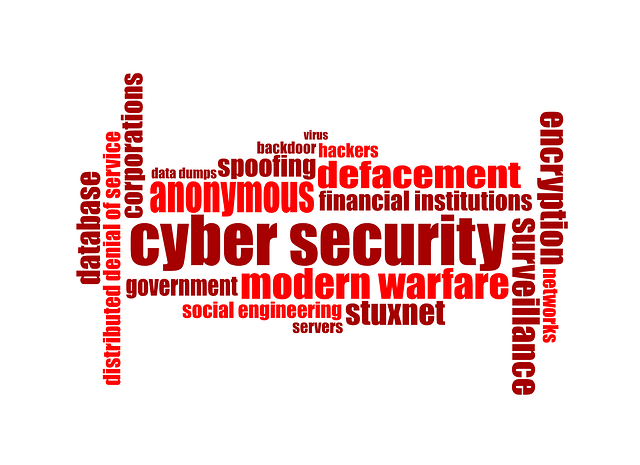The allegedly hijacked feed of C-Span and other odd media glitches have brought cybersecurity to the front burner again–although for some of us it never actually left. Although C-Span folks deny it, no one is kidding themselves about whodunit. The hijack may have been due to nefarious forces (read: Russia). And while we do not know specific details of the attack it doesn’t take long to imagine how it happened. Typical suspects include unpatched servers, routers, PC’s, or even bad password management. That’s because security can be breached through exploits in older computer software and firmware.
Solutions
Reduce your chances of getting hacked by applying patches, running an updated anti-virus package with real-time protection–it should be on all Windows machines–and a hardware firewall that blocks ports. Those are some of the essential methods for cybersecurity. Modern offices have lots of network-connected computing resources that drive functionality and enable productivity. Don’t risk disruption and data loss. It is important to have a well thought-out patch and update strategy for its devices and computers.
The latest patches and updates should be completed weekly for the following:
- Windows and Mac computers and servers (yes, including Linux)
- Firmware in routers, switches, cameras
- Content Management System (CMS) Websites & its plug-ins/themes
- Android and IOS phones
Once this is done you have patched weak spots in your organization and made it much more difficult for hackers to penetrate your network.
